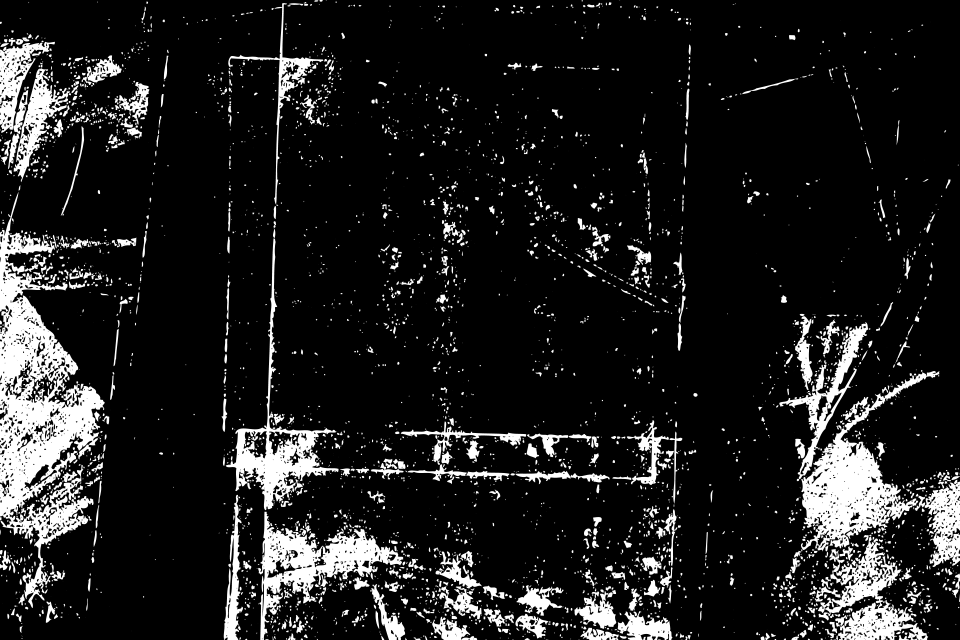Now you, can get me, in downloadable ebook form via the fine folks at Flywheel. Available in exchange for your email.
In my independent practice, I’ve had clients that run the spectrum from inspiring and wonderful to kind of soul-crushing. I’ve had relationships with kindred spirits working together to make a project the best it could be. Those I hold on to. Then there have been those clients akin to after-school detention. You know the ones. They come with the expectation of silence on your part and a process that reminds me of chalk sentences on the board with little chance of making something valuable.





